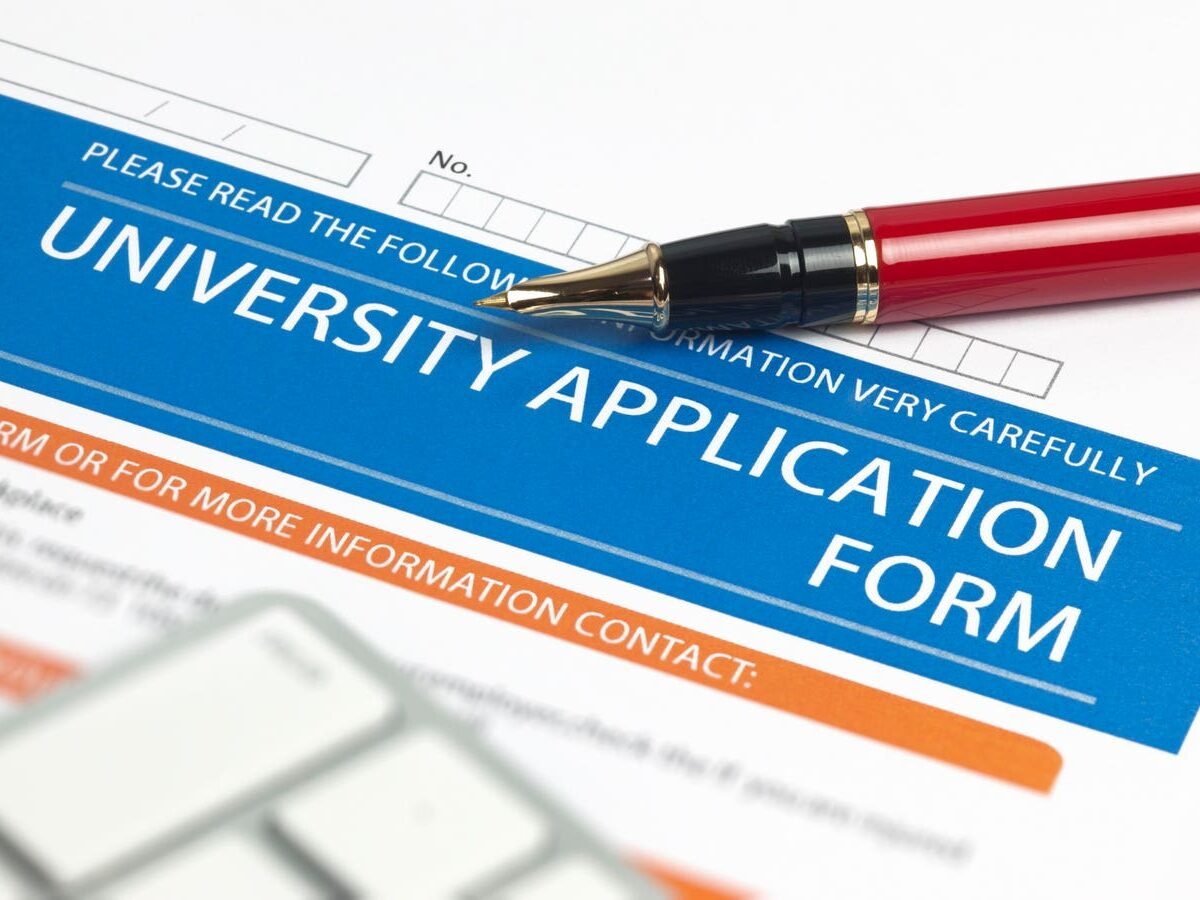http://teekid.com/istockphoto/banner/banner3.jpgUniversity Application Form
The college admissions process is broken. What was once a rite of passage has become a high-stakes, anxiety-inducing gauntlet that prioritizes exclusivity over education, scarcity over fit, and prestige over purpose. And it’s time we confront the uncomfortable truth: the college admissions community is complicit in perpetuating a process that is harming our children’s mental health, distorting their priorities, and failing to serve their best interests.
The root of the problem lies in the economics of scarcity. The push to get accepted to elite colleges—particularly the Ivy League and their “Ivy Plus” peers—has turned admissions into a zero-sum game, where acceptance rates hover in the single digits and students are left feeling like failures for not gaining entry to institutions that reject 95% of applicants. This scarcity mindset has created a culture of hyper-competitiveness, where students are pushed to excel not just academically, but in every conceivable extracurricular, leadership role, and community service endeavor. The result is a generation of overstressed, overworked teenagers who are burning out before they even set foot on a college campus.
The Transparency Problem
One of the most insidious aspects of the college admissions process is its lack of transparency. Colleges often tout their holistic admissions processes, but what does that really mean? In reality, holistic admissions can be a black box, leaving students and families guessing about what it takes to get in.
Consider this: many elite colleges admit a significant percentage of their class through side doors. Athletes, legacies, and students from wealthy families often have a leg up in the admissions process, but this information is rarely disclosed in a meaningful way. For example, a 2019 study by Opportunity Insights found that at Ivy League schools, children from the top 1% of income earners are 77 times more likely to be admitted than those from the bottom 20%. Yet, colleges continue to market themselves as meritocracies, leaving students to believe that their rejection is a reflection of their worth.
Colleges can also manipulate statistics to maintain their aura of exclusivity. By encouraging more students to apply—often through aggressive marketing campaigns—they can drive acceptance rates lower, making themselves appear more selective and, by extension, more desirable. This creates a vicious cycle where students apply to more schools, admissions rates plummet, and anxiety skyrockets.
The Selectivity Trap
Students, in turn, have become obsessed with selectivity, often at the expense of fit. The allure of a brand-name school has led many to overlook institutions that might be better aligned with their academic interests, career goals, and personal values. This obsession with prestige is fueled by a rankings industry that prioritizes exclusivity over outcomes, and by a culture that equates self-worth with college acceptance.
But here’s the reality: getting into most colleges is not that hard. According to the National Association for College Admission Counseling (NACAC), the average acceptance rate for four-year colleges in the U.S. is around 66%. Even among selective institutions, many admit a third or more of their applicants. Yet, the narrative that college admissions is a nearly impossible feat persists, driven by the outsized attention given to a handful of elite schools.
Solutions: A Path Forward
Here are some concrete steps colleges, high schools, and families can take to create a healthier, more transparent admissions process:
Increase Transparency In Admissions
Colleges should be required to disclose more detailed data about their admitted students, including the percentage of athletes, legacies, and students from underrepresented backgrounds. They should also provide clearer guidance on what they’re looking for in applicants, including the relative importance of grades, test scores, essays, and recommendations.
Early Denials For Clearly Inadmissible Applicants
Colleges should adopt a system of early denials for students who are clearly not competitive. This would reduce false hope and allow students to focus their efforts on schools where they have a realistic chance of admission.
Expand Rolling Admissions
Rolling admissions, which allow students to apply and receive decisions on a rolling basis, can reduce the pressure of a single decision deadline and give students more flexibility in the process.
Better Communication About Holistic Admissions
Colleges need to do a better job of explaining what holistic admissions really means. For example, students should understand that while strong essays and recommendations can enhance an application, they are unlikely to compensate for weak grades or test scores.
Leverage Data Tools Like Scattergrams
High schools should provide students with tools like Naviance or Scoir, which use scattergrams to show how their grades and test scores compare to those of previously admitted students. This can help students set realistic expectations and identify schools where they are likely to thrive.
Focus On Fit Over Selectivity
Students and families need to shift their focus from selectivity to fit. This means prioritizing schools that align with their academic interests, career goals, and personal values, rather than simply chasing prestige.
Colleges Should Differentiate Themselves
Too many colleges try to be everything to everyone, resulting in a homogenized landscape where schools blur together. Colleges should be more transparent about what makes them unique and who they are—and aren’t—a good fit for.
A Call To Action
The college admissions process doesn’t have to be this way. By embracing transparency, prioritizing fit over selectivity, and reducing the pressure on students, we can create a system that serves the needs of students rather than the egos of institutions.
It’s time to stop treating college admissions like a Hunger Games-style competition and start treating it like what it should be: a thoughtful, intentional process that helps students find the right place to learn, grow, and thrive. The stakes are too high to continue down this path.





